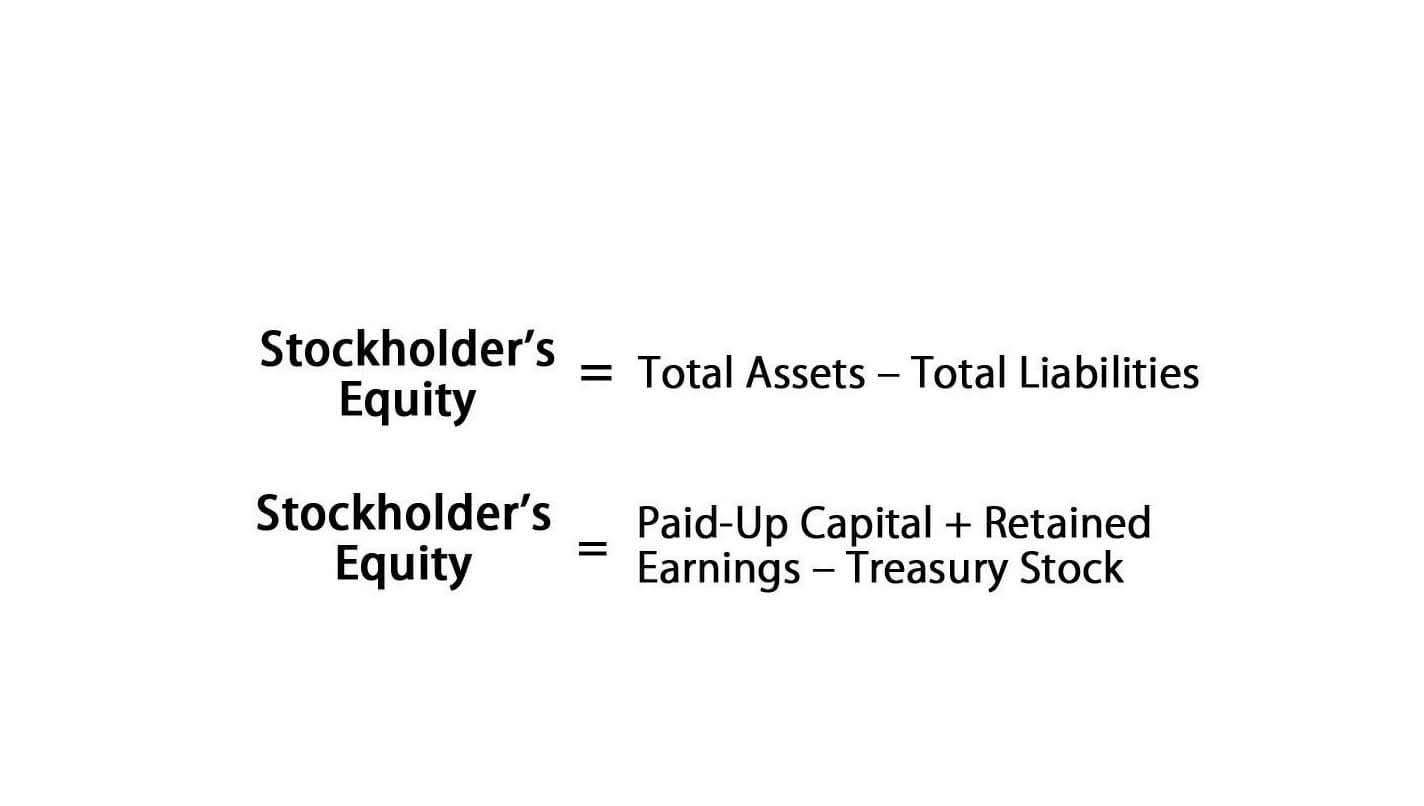
Accurate debits and credits are essential for producing these statements, which in turn guide the strategic decisions of the organization. This balance is crucial to maintaining accurate financial records. If the entries don’t at its core, what is the essence of the accounting debit and credit system? match, the accounting equation becomes unbalanced, leading to incorrect financial statements, which can have serious consequences. Given this urgency, ensuring precision in every entry is essential for maintaining trustworthy financial records. Accounting is far more than a system of debits and credits—it is a comprehensive framework for understanding and managing a business’s financial performance.
Definition of Debits and Credits: Debit Means Left, Credit Means Right
- All accounts maintain either a debit or a credit normal balance, which dictates how entries are made.
- When doing a journal entry (or using T-accounts), the Account Name represents an account in the Chart of Accounts.
- This information helps in identifying areas of improvement and implementing cost-saving measures.
- The balance sheet remains in equilibrium as one asset increases and another decreases by the same amount.
- Whether it’s a small business owner tracking expenses or a CFO preparing a corporate strategy, accounting remains an indispensable tool in navigating the complexities of modern business.
- There are two types of assets, the first is fixed assets, and another is current assets.
- Whereas we record the decrease on the left side which is the debit one.
Additional paid-in capital arises from issuing shares at a premium and requires careful management, particularly during stock splits or buybacks. These transactions can significantly alter the equity structure and influence financial metrics like earnings per share (EPS). Retained earnings represent cumulative profits retained for reinvestment or to buffer against future losses, directly impacting decisions about profit distribution. Managing liabilities also involves compliance with debt covenants, conditions set by lenders.

Ensures Balance Through Duality in Financial Statements
When we’re talking about Normal Balances for Revenue accounts, we assign a Normal Balance based on the effect on Equity. Because retained earnings balance sheet of the impact on Equity (it increases), we assign a Normal Credit Balance. The Asset is increasing (we are adding the Asset to our accounts). Essentially, Accounting is all about tracking the changes to the Owner’s Equity. Some equity comes from investments into the business by the owner.
Why is Debit and Credit Recording Important?
- That way, when the asset increases, then its position is on a temporary debit.
- The balances from these general ledger accounts are then used to prepare financial statements, which provide a comprehensive overview of a company’s financial performance and position.
- Each type serves a specific purpose, such as preparing financial statements or supporting internal decision-making.
- If a debit entry was made in error, a reverse debit is used to negate the effect of the incorrect entry.
Each entry includes the date of the transaction, the specific accounts affected, the monetary amounts involved, and a brief written explanation, often Travel Agency Accounting called a description or narration. There are several types of debit entries that accountants use in the course of recording financial transactions. These include normal debits, reverse debits, and adjusting debits. Each of these types has a specific purpose and is used under different circumstances. In the world of accounting, the term ‘debit’ is a fundamental concept that plays a pivotal role in maintaining the balance of financial transactions.

A debit balance indicates more debits than credits in an account, while a credit balance indicates the opposite. Debits increase asset and expense accounts, while credits decrease them. Regarding bookkeeping, knowing when to use credit and debit is important.


Debits are always recorded on the left side of a T-account, a visual representation of an account, while credits are always placed on the right side. Equity accounts are increased by credits and decreased by debits. For example, if a business owner invests an additional $5,000 into the company, the Cash account is debited, and the Owner’s Equity account is credited.